Tick our local Hewitts off the '˜to do' list
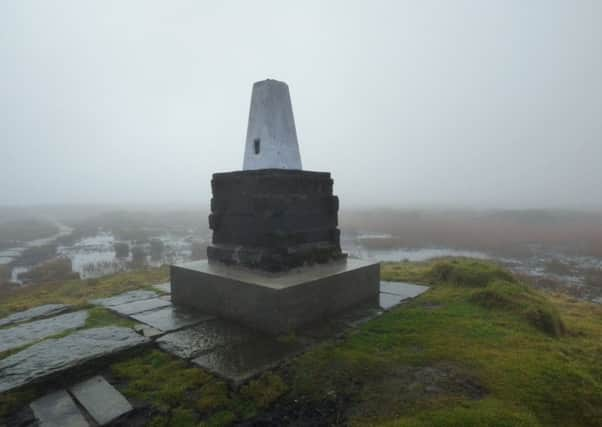

One of the famous lists was compiled by Sir Hugh Munro, of all the mountains in Scotland over 3,000 ft. There are 282 in all, each of which now carries the label of Munro and has spawned the noble hobby of ‘Munro bagging’.
Other ‘hill lists’ in Scotland include Corbetts, Grahams and Donalds.
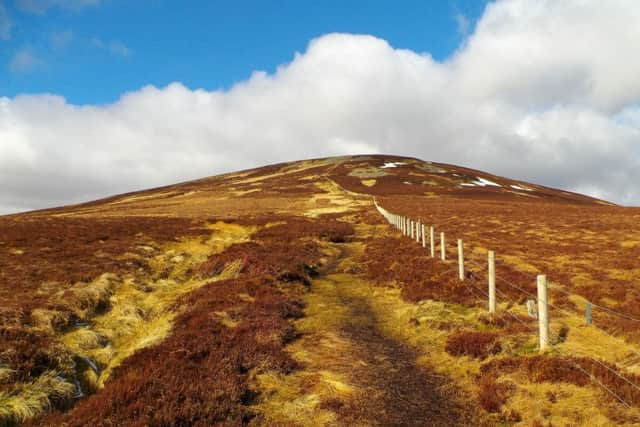

Advertisement
Hide AdAdvertisement
Hide AdNot to be outdone, in England’s mountain region of the Lake District someone created a new list of hills – The Wainwrights, named after the famous fell walker Alfred Wainwright.
To be on the list, a peak has to feature in one of his Pictorial Guides to the Lakeland Fells. This list has 214 peaks.
Other lists have been developed with bizarre names. The Furths are the 34 mountains outside Scotland over 3,000 ft, whereas the Hewitts (Hills in England, Wales and Ireland over 2,000 ft) are of a lower standard, but more prolific at 528.
Northumberland is a poor cousin when it comes to mountains, which in Britain are generally defined as being over 2,000 ft. As you’d expect, our mountains are all in the Cheviots. There are only six of them, all Hewitts and no Furths!
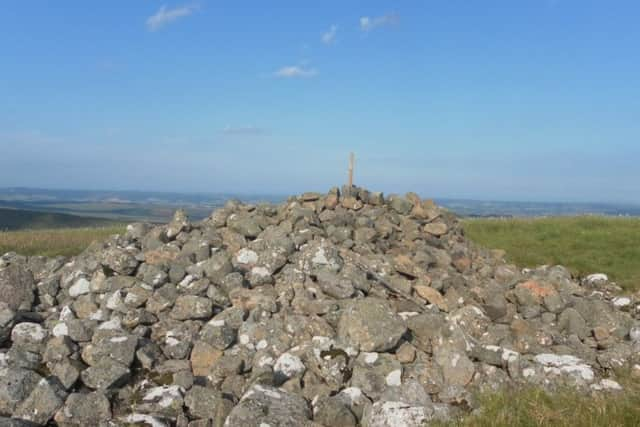

Advertisement
Hide AdAdvertisement
Hide AdBut this brings its own advantage. Whereas the Munro and Wainwright ‘baggers’ will spend many years completing their list, it is possible to do the Northumberland Hewitts in one day, albeit a long one.
The highest of the Northumbrian Hewitts is, of course, The Cheviot itself. At 2,675 ft, it is also the highest point in the county, which means it figures on another list, County Tops, the highest point in each county.
The summit is a bleak place on all but the brightest days. Thankfully, a stone path has been laid across the plateau, which enables the walker to avoid the perpetually wet morass which forms the plateau, on which the summit trig point stands.
As an aside, The Cheviot also figures on another list – the Marilyns – hills that are at least 150m higher than the surroundings. There are a few of these in Northumberland, including Long Crag near Thrunton and Ros Castle.
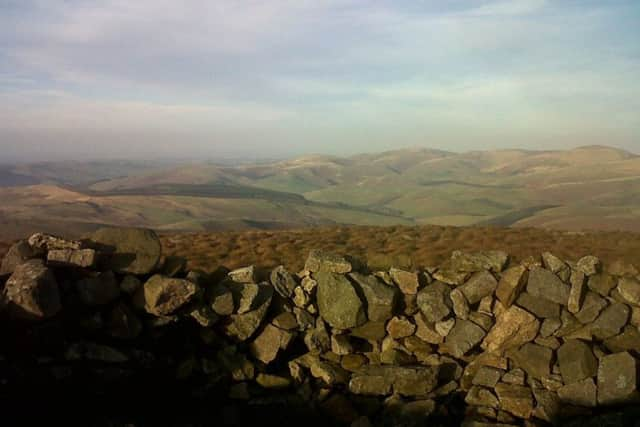

Advertisement
Hide AdAdvertisement
Hide AdIn contrast, the 2,343 ft summit of Hedgehope is a delightful spot, and an easy ascent from Hartside. Be warned though, the climb from the Harthope valley is much more vigorous.
Nearby is Comb Fell. Its nondescript summit, at 2,140 ft, is hard to find in this flat, boggy landscape. There is no cairn or trig point to help, and the actual top can be easily missed.
The three mountains of The Cheviot, Hedgehope and Comb Fell are all part of the Cheviot massif, formed when an uprising of molten rock melted its way into the surface rocks. Millions of years of erosion then removed the overlying rocks, leaving us with the granite, which today forms the central part of the Cheviot hills.
Cushat Law, at 2,108 ft, is the highest of the outer mountains of the Cheviots. As with all the outer range of hills, its underlying rock is volcanic, formed from the lava that erupted from long lost volcanoes 350 million years ago. Its summit is marked by a stone cairn and provides great views across Northumberland.
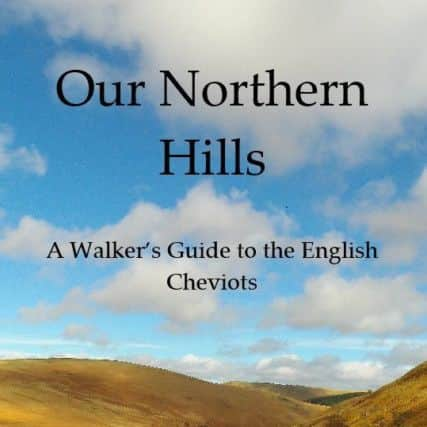

Advertisement
Hide AdAdvertisement
Hide AdThe beautiful Windy Gyle, at 2,032 ft, is, strictly speaking, just inside Scotland, but that would be nit-picking.
Near here is Russell’s Cairn, which supposedly marks the place where Lord Francis Russell, the English Warden of the Middle Marches, was killed in 1585 during a Border truce meeting with his Scottish opposite number.
And finally, there is Bloodybush Edge, which scrapes in as a Hewitt at 2,002 ft. But be warned, there is no edge; its summit is flat, wet and boggy, and is not a place to linger. It is possibly the least attractive of all the Northumbrian mountains.
What does it take to complete the Hewitt Challenge? At about 24 miles, it will take over 12 hours for all but the fittest walkers to complete this as a circular walk, starting and finishing in the same place. We started at Hartside when we did it, opting for the order Hedgehope, Comb Fell, The Cheviot, Windy Gyle, Bloodybush Edge and Cushat Law. On this basis it is perhaps one for the long days of summer.
Advertisement
Hide AdAdvertisement
Hide AdThe route could be shortened by arranging to start and finish in different places. And it can be lengthened to include The Schil, which, while being just a few inches under 2,000 ft so not considered a Hewitt or a mountain, is one of the best Cheviot summits. Some people will relish the challenge of including this, but for others it may be a peak too far.
So if you are looking for a challenge for 2018, you could do worse than our very own Hewitt Challenge. But remember to take lots of water.
And if you’d like to find out a bit more about the Cheviot hills, you could do worse than getting a copy of Our Northern Hills, which is available from www.wildsofwanney.co.uk priced £5.50.